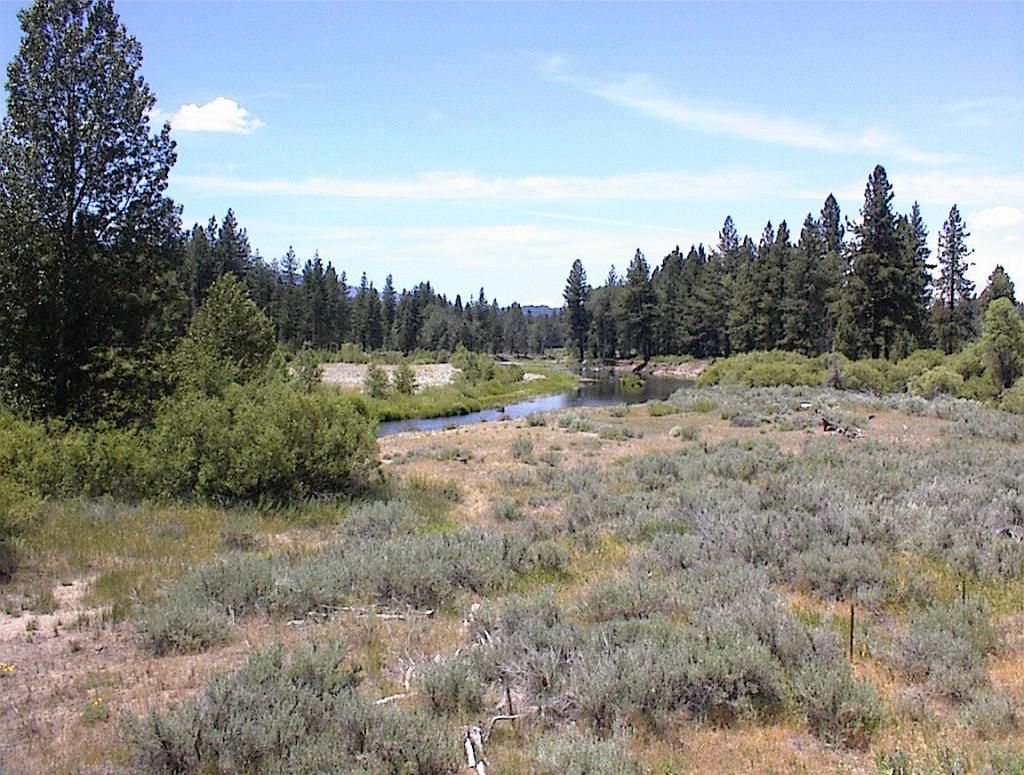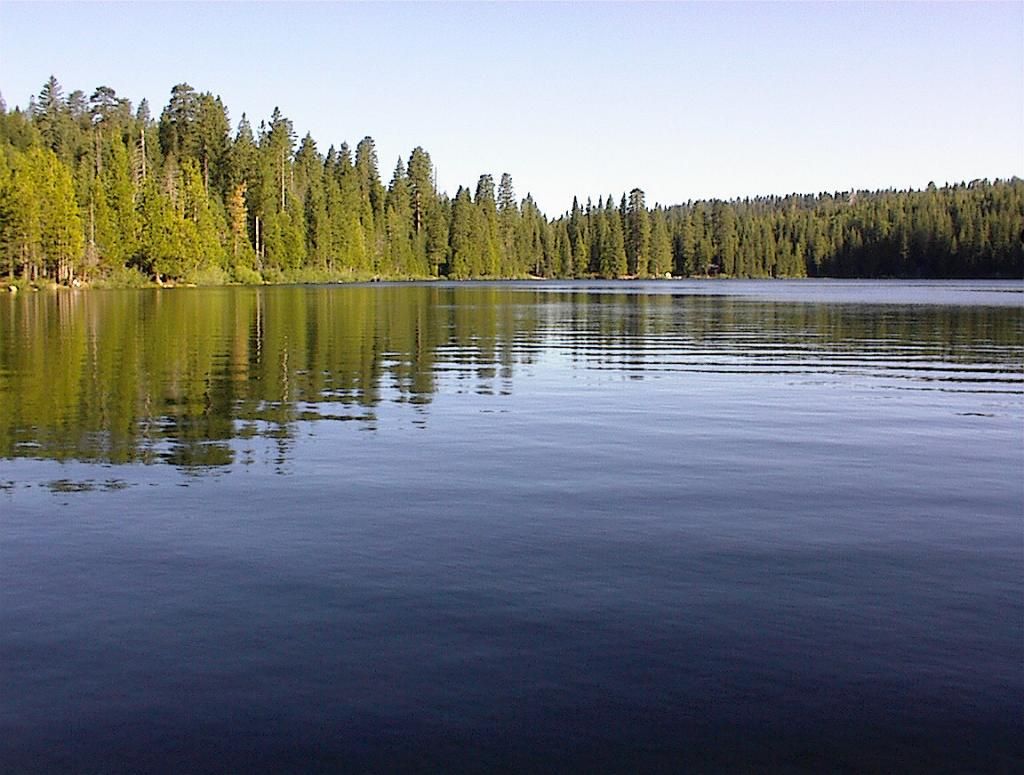The first half hour of Prometheus is pretty. I'm not a fan of horror movies, but I'll probably bear with it. The first Alien gave me nights mares, screaming nightmares, for a couple decades. For pure horror, Alien nails it. Prometheus is this big thing on the Internet, both because its full of symbols and because apparently people with a Trillion $ to spend on space exploration don't know about basic safety.
The holographic displays are wonderful, though the alien ones really suck. Its amazing how they can build ships that fly without visible propulsion, yet are unable to protect themselves from bioweapons. This is an example of "don't turn over that rock" type of scifi. The best known version of this was Godzilla, or even Frankenstein since technically that was scifi. Why did they shock the alien head in an open lab? What? Anyway, Prometheus has some moments which are pretty, but they don't focus on those nearly enough. What I liked about the Prometheus scenes is the landscapes.
Most of the photography seems to be pans across Iceland. Lots of braided streams. I like the landscapes, but as a Geologist I would. I know what they mean. I read them like a botanist reads flowers or a librarian reads books. My enthusiasm is both professional and aesthetic. They used some of Isle of Skye (Scotland) for scenery in the film, and other bits looked like Iceland. In cold places, soils don't develop very fast so the rocks stay exposed. The bacteria need more heat to do their thing and turn sand, silt, and clay into soil that can support life. These have been around for a billion years or more. Life that left shells behind has been around for over half a billion, but we know there were bacterial colonies, algae, and worms before those, possibly as much as 3.6 billion years ago. During the last Ice Age, scotland was covered in glaciers, thus the lack of soil makes perfect sense. East of Scotland, the ice sheet went all the way to the sea floor so the North Sea? It was a dry plain. Its only 300 feet deep today, and it filled thanks to some Pleistocene Flood Events that came out of Germany. The Great Flood wasn't a biblical thing, but there were several of those, including the one that formed the Black Sea, it was a real thing, or things would be more accurate.
If I ever figure out how to actually share bits of Google Earth here, I'll do so. There's some fascinating alluvial fans near Death Valley, in brilliant green and blue. There's places where the stream channels from eroding cliffs have filled and spread and overlapped into the lake sediments below, creating sharp color contrasts. Death Valley was a lake 6,000 years ago, Lake Manly. America back then was filled with Pleistocene lakes from all the ice melt runoff. Some were shallow. There were more active volcanoes then too. Now its a salt pan where the river that wraps around the Black Mountains from the NE to E to S and back N again from the south end of the valley, where the Garlock fault has subsided the ground there, that's how the water gets in. Once, it was a deep lake. Then it was a shallow warm lake with fish and pink flamingos and North American hippos frolicking. They're long since extinct, following the Great Warming from 19,500 years ago to around 10,000 years ago. The weather settled down after that.
The Earth has many beautiful places. Some of them are really empty. Most are, actually. Despite a population of nearly 7 Billion, we mostly live on the coasts where the rivers flow to the sea. The easy places to port a ship, and a reason to bother. Geography of civilizations are interesting. When you consider how much has changed since the Ice Age took a break, since its not actually ENDED, just RESTING. We're doing our thing as human beings, civilization and exploration, because the ice melted for a while. It will come back. And we'll have beautiful glaciers to enjoy then too. And I'm okay with that. If I'm around when it happens, I plan to make special trips, because glaciers are pretty and surprisingly active, even if they're a bit harsh on the humidity levels since air off a glacier is bone dry.
This is why I love picking a random place on Google Earth and staring at it. Some places are so fascinating from the air you find yourself asking: Why isn't this place full of people enjoying the view? And the answer is often: No geographic reason for trade in this place, no resources to live, thus no point but the view. When you observe programs about world travel you find places which are fascinating and worth investigating in the program, see it from the various angles. It makes me wonder how these places smell, what animal cries can be heard when you stop to listen.
As a writer I care about those details because those details are what bring a place into focus. Too many beginning authors are too into action or dialogue and writing properly is so much more complex, so much deeper. This is why I enjoy reading Jeremy Clarkson's writing. Man is a hideous yobbo, in the British Parlance, but he's a very skilled writer, particularly in evocation. He uses imagery and popular culture references so very well, which is a big part of why Top Gear is a GREAT show, not just a car show doing reviews. Quality is in those evocative phrases. He could be a travel writer if his comedy wasn't about being an Ugly Britain. Clarkson loves to call Hammond the Secret American, but its pretty obvious Clarkson is a dyed in the wool hillbilly redneck. He just has an English accent. Instead of describing landscapes in the show, he has the BBC crews film them beautifully and is apparently quite involved with setting up shots. He's actually a professional. So yes, his writing is worth reading because he's really good at it. So good you get distracted by what he's saying and miss how well he's saying it.
For now, I photograph landscapes and skies that gain my attention. Maybe its cliche. I don't care. It's what I like.





No comments:
Post a Comment